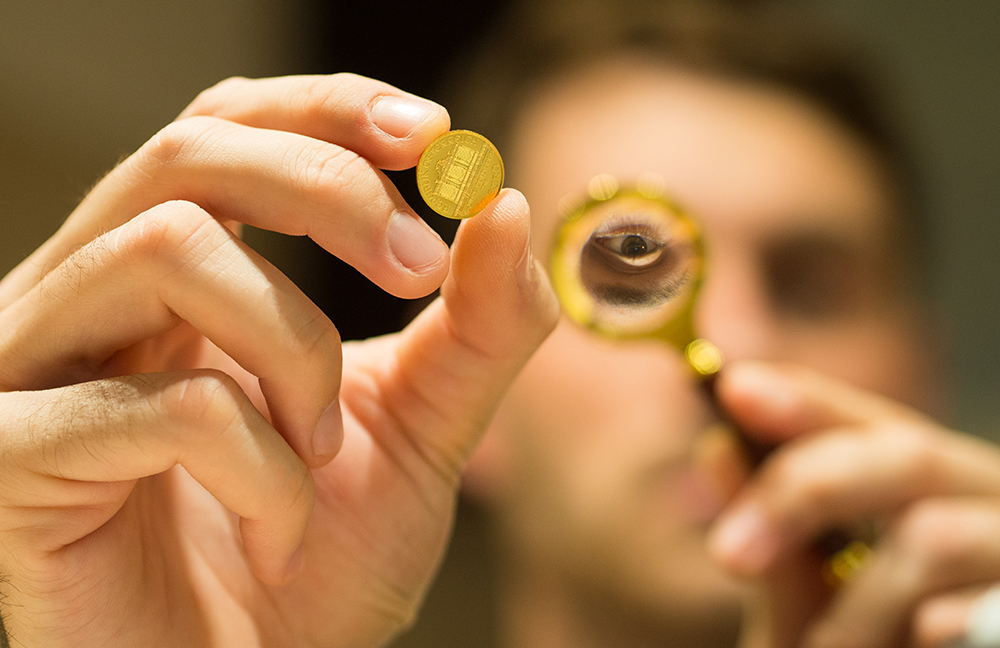Raw Gold Purity Testing: Ensuring Quality in Your Investment

Investing in raw gold can be a lucrative venture, but it’s crucial to ensure that the gold you’re purchasing is of high quality. One of the fundamental aspects of evaluating raw gold is testing its purity. In this comprehensive guide, we’ll delve into various methods used for raw gold purity testing, their advantages, limitations, and how to perform them.
Introduction to Raw Gold Purity Testing
Raw gold purity testing is essential for investors and buyers to verify the quality and authenticity of their gold purchases. Whether you’re a seasoned investor or a beginner in the gold market, understanding the purity testing process is vital.
Acid Testing
Acid testing is one of the oldest and most commonly used methods for testing raw gold purity. It involves applying nitric acid to the gold sample and observing the reaction to determine its purity. While acid testing is relatively simple and inexpensive, it may not always provide accurate results, especially for gold alloys.
Fire Assay Method
The fire assay method, also known as cupellation, is a reliable technique for determining the purity of raw gold. It involves melting the gold sample in a crucible and then analyzing the resulting bead to measure its precious metal content accurately. Despite its accuracy, the fire assay method is time-consuming and requires specialized equipment.
X-Ray Fluorescence (XRF) Spectrometry
XRF spectrometry is a non-destructive technique used to analyze the elemental composition of materials, including raw gold. It works by bombarding the sample with X-rays and measuring the fluorescence emitted to determine the concentrations of various elements present. XRF spectrometry is fast, accurate, and suitable for analyzing a wide range of sample sizes.
Specific Gravity Testing
Specific gravity testing relies on the principle that different metals have different densities. By measuring the weight of a gold sample in air and then in water, its specific gravity can be calculated and used to estimate its purity. While specific gravity testing is relatively simple, it may not be as accurate as other methods.
Electronic Testing
Electronic testing devices, such as electronic gold testers, use electrical conductivity to assess the purity of raw gold. These devices work by passing an electrical current through the gold sample and measuring its resistance. While electronic testing is fast and convenient, it may not be as accurate as chemical methods.
Touchstone Testing
Touchstone testing is a traditional method for assessing the purity of gold by comparing its color to that of known gold alloys. It involves rubbing the gold sample against a touchstone and applying acid to the resulting streak to observe the reaction. Touchstone testing is simple and inexpensive but requires experience to interpret the results accurately.
Ultrasonic Testing
Ultrasonic testing uses sound waves to assess the integrity of materials, including raw gold. By measuring the speed of sound through the gold sample, its purity and structural integrity can be evaluated. Ultrasonic testing is non-destructive and suitable for analyzing large volumes of gold quickly.
Conclusion
Raw gold purity testing is a crucial step in ensuring the quality and value of your investment. By familiarizing yourself with the various testing methods available and their advantages and limitations, you can make informed decisions when buying and selling raw gold. Whether you choose traditional chemical methods like acid testing or modern techniques like XRF spectrometry, the key is to prioritize accuracy and reliability in your testing process.
FAQs
- Is raw gold purity testing necessary for all gold purchases?
- While it’s not always required, conducting purity tests can help verify the authenticity and quality of raw gold, especially for significant investments.
- How often should raw gold purity testing be performed?
- It depends on the frequency of your gold transactions and the reliability of your suppliers. Regular testing is recommended, particularly when dealing with new or unfamiliar sources.
- Are there any risks associated with raw gold purity testing?
- Some testing methods involve the use of hazardous chemicals or specialized equipment, so it’s essential to follow safety protocols and seek professional guidance if needed.
- Can raw gold purity testing be performed at home?
- Yes, many basic testing methods, such as acid testing and specific gravity testing, can be conducted with simple equipment and materials available for purchase.
- How can I ensure the accuracy of raw gold purity testing results?
- It’s essential to use calibrated equipment, follow standardized testing procedures, and cross-check results with multiple methods whenever possible to ensure accuracy.

